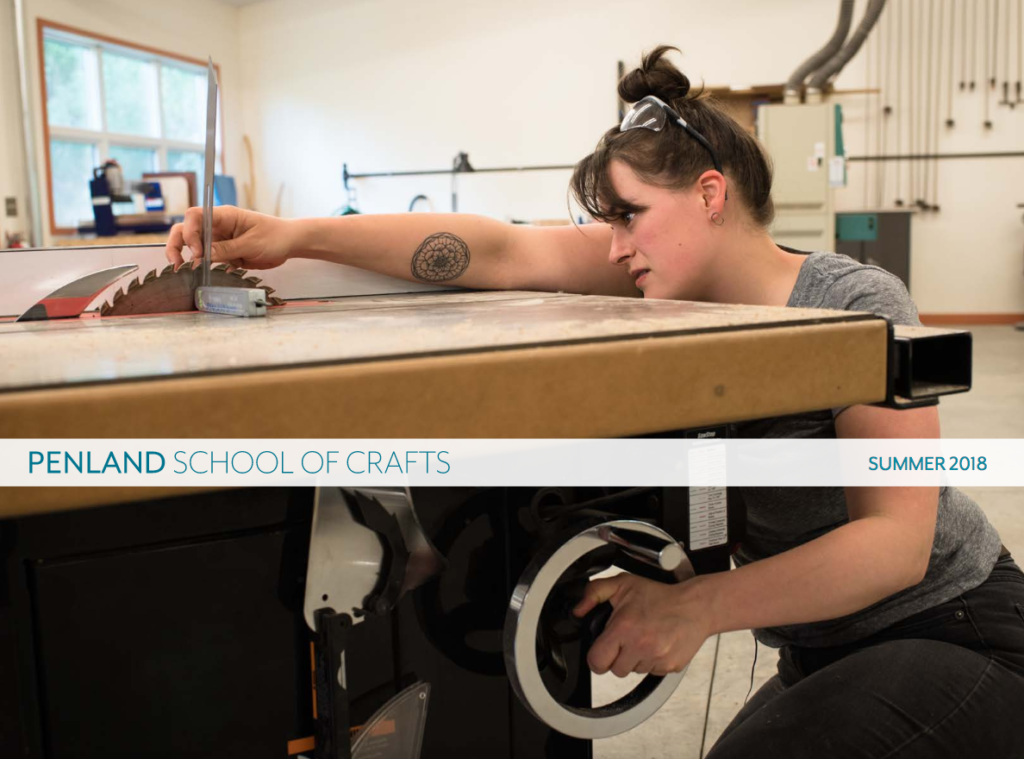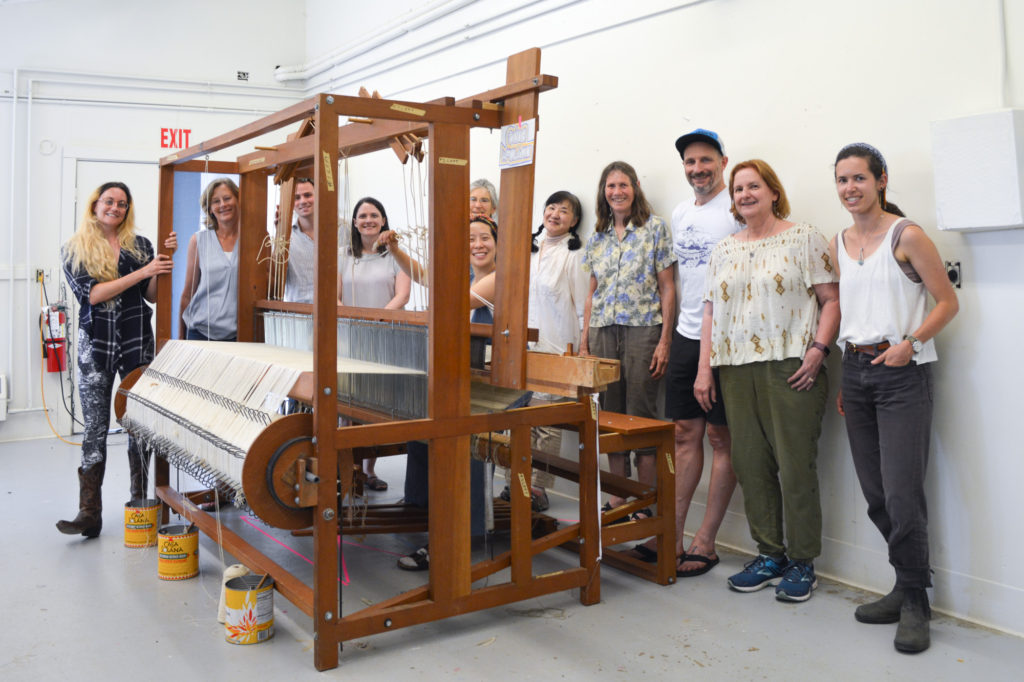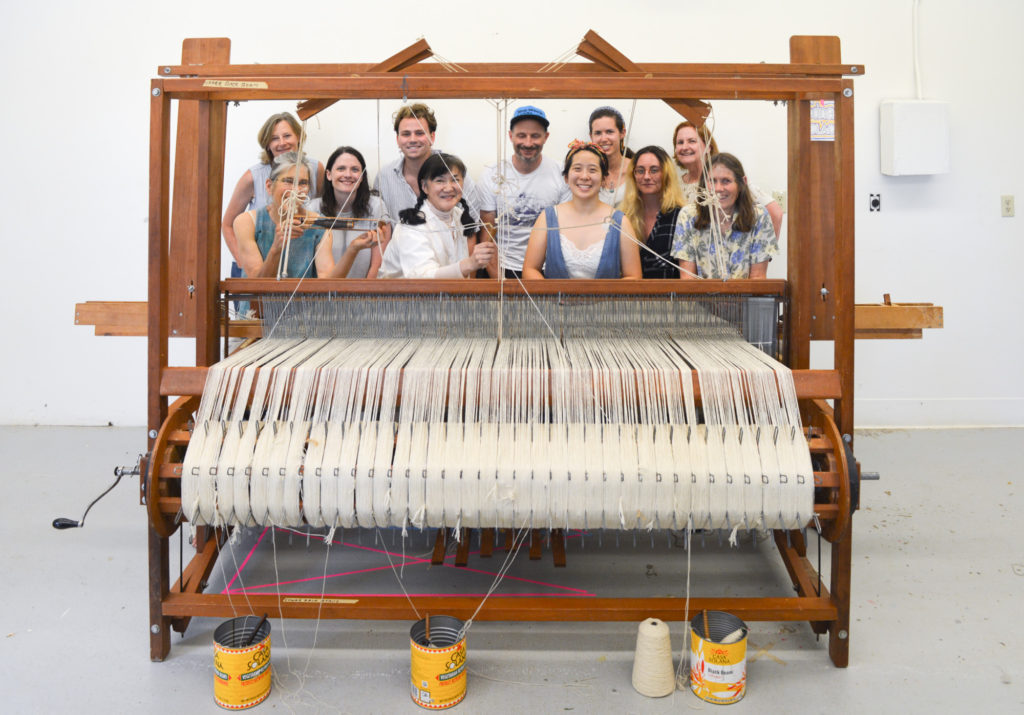
Here it is, the summer 2018 workshop catalog! We’re thrilled to share our lineup with you in anticipation of another summer packed with creativity, energy, new friendships, and new ideas. We’re offering 102 unique workshops led by 116 talented artist/instructors, including favorites like encaustic painting and steel sculpture and special classes like brushmaking and skin-on-frame canoe building. Most workshops are open to serious students of all levels (beginners included!), and all give you access to the slide nights, dance parties, movement classes, scholarship auctions, and more that make a Penland session so special.
This year, summer registration will open to all students on January 8 at 9 AM EST on a first-come, first-served basis; we will not be using a lottery system. Applications may be submitted online, by fax, by post, or in person.
Scholarships are available for every summer workshop, including full, partial, and work-study scholarships. Spaces will be held in each workshop for scholarship students. Scholarship applications are due by 11:59 PM EST on February 17.
We hope you find a few minutes over the holidays to pour over the Penland catalog and find the perfect workshop for you, wherever you are in your creative journey. Look out for full course descriptions on the website by the end of December, with printed catalogs to follow in early January.





